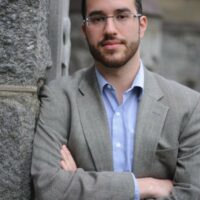-
Fictionalizing Radical Activism of the 1960s, a review of Bryan Burrough’s book, Days of Rage
[G]iven the many ways in which crime has been understood through race and racist stereotypes, the stock characterizations in true crime stories have ever more damaging implications. Such distortions are more than bad history. They are toxic justifications for continued police brutality, mass incarceration, and the surveillance state in the name of “fighting crime.”… This is what makes Bryan Burrough’s Days of Rage not just disappointing but ultimately dangerous. Its genre is history as “true crime.” Burrough chronicles six revolutionary underground organizations from the late 1960s to the mid-1980s: the Weather Underground (WU), which emerged out of Students for a Democratic Society (SDS); the Black Liberation Army (BLA), an offshoot of the Black Panther Party; the Symbionese Liberation Army (SLA), whose best known act was kidnapping heiress Patty Hearst; the New World Liberation Front, a curious sequel of sorts to the SLA; the Puerto Rican independence group Fuerzas Armadas de Liberación Nacional; and a New England group of working-class white radicals that ultimately called itself the United Freedom Front.

